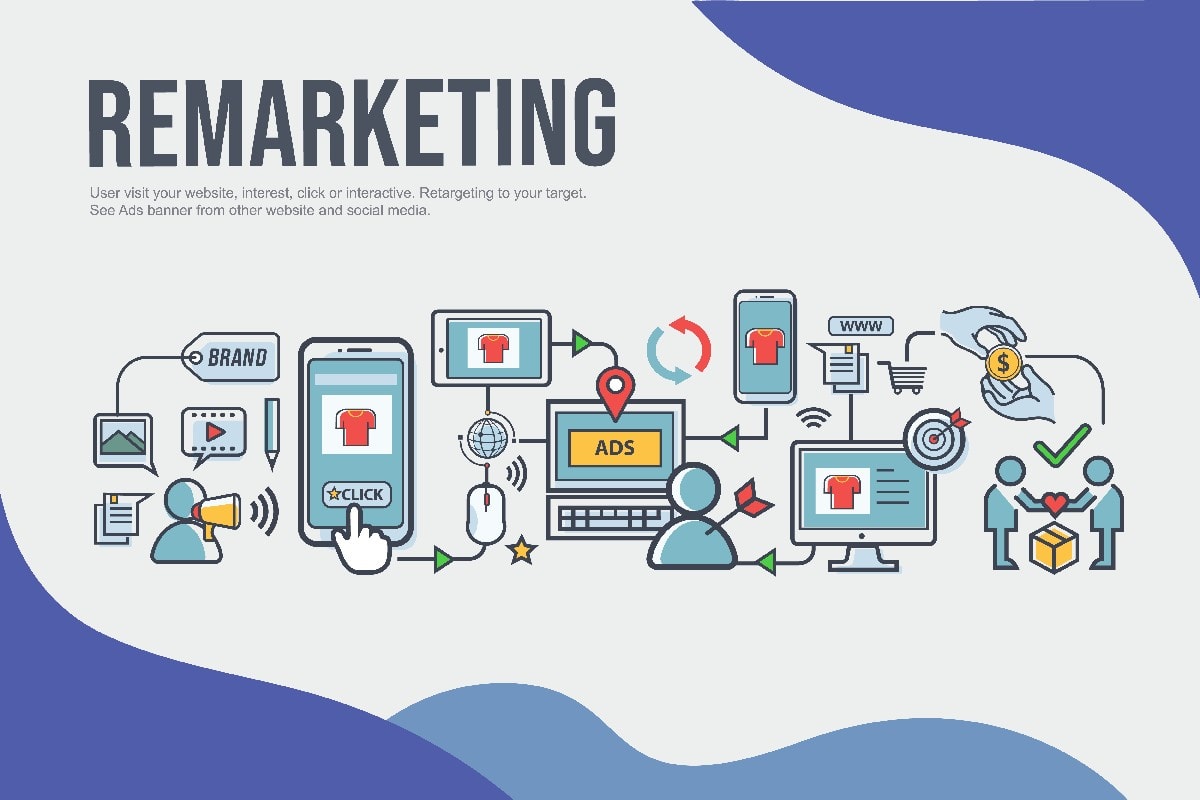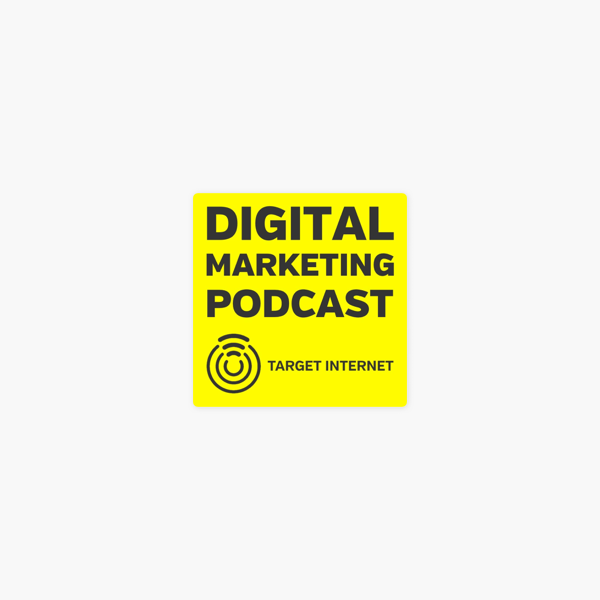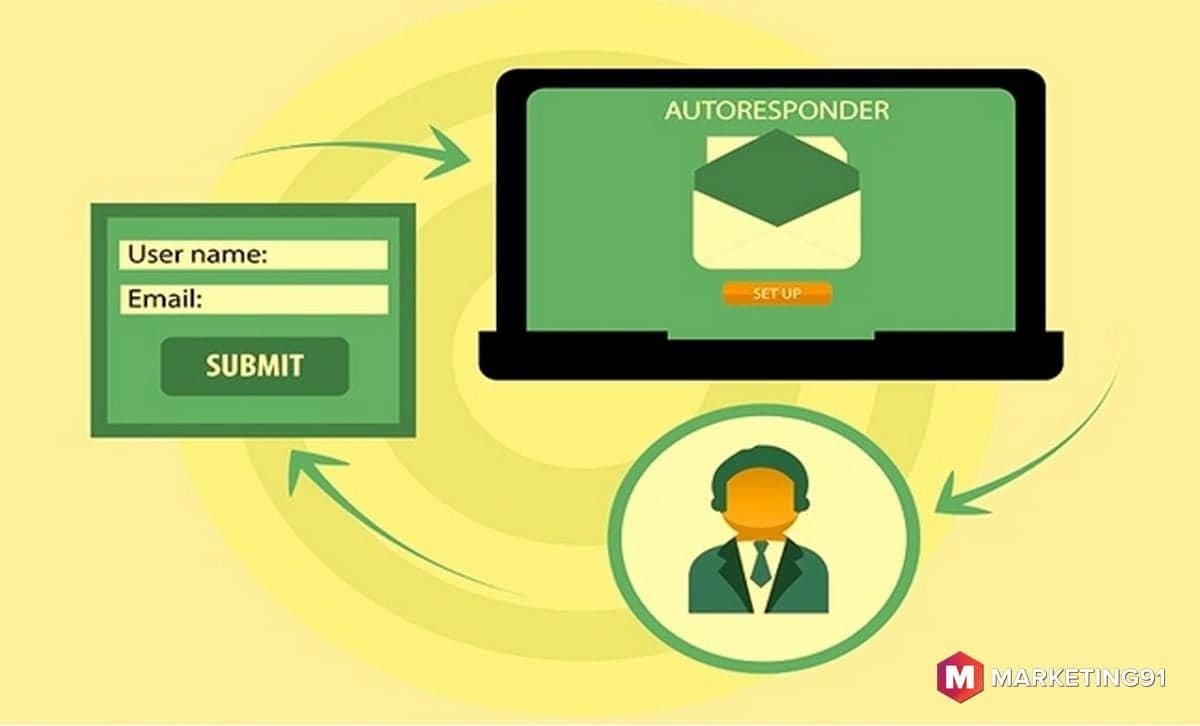
What is Remarketing and How do these ads work? | Marketing91
What is Remarketing and How do these ads work?
If you want to convert those people who visit your site but don’t make a purchase from your website or don’t perform the favorable action, remarketing campaigns will help you target those people again when they move across the internet.
As per stats, more than 95% of people do not buy anything from a site when they visit that site for the first time. Therefore, opting for a marketing strategy that can enable site owners to retarget those site visitors is highly essential, and remarketing does this in the most effective and result-driven manner.
In this post, we will go through all the concepts of remarketing, how it works, and how you can channelize remarketing campaigns for optimizing your lead generations and conversions. So, without any further ado, let us get started right away-
Table of Contents
What is Remarketing?
Remarketing targets customers who initially visited your website to view something and shown interest in your products but did not make the purchase. It is also known as ‘Retargeting’.
It involves designing personalized ad campaigns or display ads in general.
The basic concept consists of reaching out to those customers who are already aware of your brand name. These customers are more likely to complete the purchase on the website. This, in turn, increases the chances of conversion and thus returns on investment.
A javascript tag or a pixel or a small snippet of code is used to place a cookie in the user’s browser.
A cookie is a small code used by the web browser to store data about websites.
A remarketing platform is then informed by this cookie to display specific ads through an ad exchange. These ads are based on the web pages, or the products searched by the user on the given website or app.
Why should you Choose Remarketing Campaigns?
A specific product or offer can be promoted using remarketing.
It can also be used to attain conversion goals such as lead generation.
On e-commerce websites, abandoned carts are recovered using remarketing.
In the cases, when a user visits a site, goes through different products and adds that to the cart but exits the website without purchasing.
In remarketing, the abandoned shopping carts are tracked by e-commerce sites.
Thus this allows tapping the customers who left without conversion after spending time on a particular website. This is done by monitoring those web pages.
So remarketing can use the interest shown by these customers in a brand in favor and convince them to come back to make a purchase or a necessary action. Conversion does not necessarily mean investment by a customer. It can also say that they did not fill a survey form; subscribed to your page; left their email; etc.
Thus the basic principle is not just to raise awareness about the product but also to continue the attention of users who already expressed interest in a product or offer.
It helps a company to improve advertisement effectiveness since it is made sure that everyone who visits the website continued to see the company’s ads when they leave the site. There are various tools used for remarketing. The most popular of them is Google AdWords.
Let us now have a look upon the different types of remarketing campaigns that businesses can run to retarget the site visitors-
Different types of Remarketing
The types of remarketing used depend upon how users are included in the target list and what kind of ads they are shown. The different types are given below:
1. Standard Remarketing
Shows display ads to people who have previously visited a page. The ads are displayed on websites and apps in the display network. There are nearly two million websites in this network with Google AdWords.
2. Dynamic
This type is similar to the standard kind of remarketing. The only difference is that in this remarketing, the ads are personalized and depend on the previous browsing of products and services of the users.
3. For mobile apps
Ads are explicitly shown on mobile websites and apps in this case. Users will be shown the ad on different Smartphone applications.
4. For search engine ads
In this type, the ads are displayed to people who visit the website to search for a particular product and to the people who visit search engines to search the related products and services.
5. Video
In video remarketing, the remarketing list is created based on people who interacted with a YouTube channel or related videos. The ads are then displayed on YouTube, websites, and apps.
6. Distribution List
The ads are displayed to a specific set of users such as to the emails who subscribed to the newsletter.
Hence you can run different types of remarketing ads for targeting those who had visited your site but did not make the purchase or opt for any favorable actions. Let us now understand how remarketing works.
How does remarketing work?
Following are the steps to create a successful remarketing campaign:
1. Knowing the pages, you want to tag
The pages that you are tagging for remarketing should be of high value.
These pages will indicate the users who visit there will want to purchase. Sales can be carefully analyzed. This is because the pages further visited by the people through sales funnel likely to give more accurate indicators.
Customers are more likely to respond to ads when they visit pages further through sales funnel.
It is also easier to identify the content as per their interests.
This is commonly used by e-commerce websites to classify users who provide more information by searching for a specific product and adding it to the cart than the users who just visited the home page and left.
2. Make exclusive and personalized deals to your retargeting customers
Discounts, exclusive deals or coupons can be used to make these users keep coming back to your web page.
These deals will entice them to purchase the product they were looking for when they visited the website previously. This will make people feel as if they have found a valuable deal for them. This will incline them to visit your page.
Such campaigns can be monitored to understand the patterns of deals or offers to which the users are most likely to respond.
The abandonment rate thus can be reduced by finding potential solutions and agreements that bring back most of the customers.
3. Decide the time limit to follow your visitors with the ads
Customers do not wish to be annoyed to feel stalked on the internet. This creates a fine line between providing them with personalized ads and following them endlessly. A superior experience thus can turn into a negative one, hurting the brand’s reputation.
The industries with longer buying cycles may want to show ads for more extended periods. The number of times an announcement should be shown to the customer is also an important parameter. For example, a coupon that is valid only for a few days may require a high frequency of visibility.
Also, the right number of times and the correct length of time of an ad must be determined. It is generally seen that the success rate is higher for the first one or two weeks and then drops, which might indicate that the customers were interested first and might have fatigued later.
4. Target your post-conversion customers
There are mainly two types of post-conversion customers.
- The one who converted in a non-monetary way, such as downloading signing up for a rewards membership
- The one who made an actual purchase
The first group can be continued to nurture interest in your ads. Information such as services and brand features can be remarketed to them, such as webinars, sales deals, etc.
The second group interest can be tapped.
They can be alerted with the new upcoming products. It has been seen that returning customers are responsible for over half of the company’s sales revenue. Thus remarketing campaign can be used for this growth.
5. Use broader keywords
Build your ad campaign around general search terms. This increases the chances of bringing a targeted audience to the page.
Also, this can help you to control costs by avoiding the irrelevant traffic to your site.
With broader keywords, you will be able to make your reach wider by reaching to the maximum number of former site visitors.
6. Monitor and make adjustments as needed
Monitor the response rates and click rates on the ad to see how successful your ad is in enticing those who already visited the website.
For example, a low click-through rate might require adjusting what to promote. Also, look at the patterns of people’s behavior on the site and their speed of conversion. Monitor the alignment between ad, customer and the webpage.
Some of the critical remarketing metrics that you should monitor here are-
- Marketing Qualified Leads (MQLs)
- Email Opens
- Site Visits
- View-through Conversions
- Nurture Touches
- Lead Conversions/CPL
Now, after being aware of the steps that can help you run successful remarketing campaigns, let us now have a look upon some of the essential remarketing strategies here and now-
Strategies to Remarket
Following are some strategies for remarketing with your ad or campaign
1. Use Twitter to generate a personalized audience
Different types of viewers can be created on various social networks. A custom audience can be created for ads on Twitter from an email list. This list can be uploaded on Twitter, and it will build a personalized audience once Twitter compares this list with the user the company’s user base.
With the option of remarketing tags, a code for a specific page to your site can be created. And a remarketing list will be generated which can be used to target.
2. Use Facebook and Instagram to generate to know the preferences of your audiences
A similar Audience option can be used to expand the database on Facebook using Facebook Ads. This option is useful if the database is small and does not generate enough mass to create a campaign. First, a database of emails is created, and then Facebook is used to find the users that resemble the database.
3. Use LinkedIn to generate a personalized audience
Matched Audiences can be used to create a remarketing campaign. Ads can be directed to the imported list in .csv format. Ads can be directed to people who work in a specific list of companies.
It can be quite useful for companies involved in B2B businesses.
4. Using Google search to launch campaigns
Google Ads has a feature of remarketing lists. It is used to create search ads for the users who already visited your website.
For this Google remarketing tag has to be installed on the target page.
5. Email targeting
It includes sending personalized emails to users who have already visited the website to complete a conversion. External contractors can be used as one strategy.
Also, reminders can be used to remind users about their previous purchases or abandoned carts.
In addition to these, you can also opt for high-value users in Google for remarketing, and can also run remarketing ads to those users who have been seeing the specific page on Google and other search engines.
You can also combine cart abandonment campaigns with display campaigns to make your remarketing campaigns more productive.
Wrap Up!
With the help of a remarketing campaign, businesses will be able to broaden their reach, be more customizable and appreciate better lead generations, conversions, and sales.
It is one of the most effective techniques for converting your website visitors into customers. By following the steps mentioned above, you will be able to support those people who visit your site but do not opt for favorable actions.
With remarketing campaigns, you will be able to get better conversion rates compared to traditional PPC campaigns, plus all this will be offered to you at more affordable costs as well.
So, choosing remarketing campaigns would be quite useful for building brand awareness, bringing customers back and optimizing the sales potential of your site.
Have you ever tried implementing a remarketing campaign for your site, and what was your experience?










